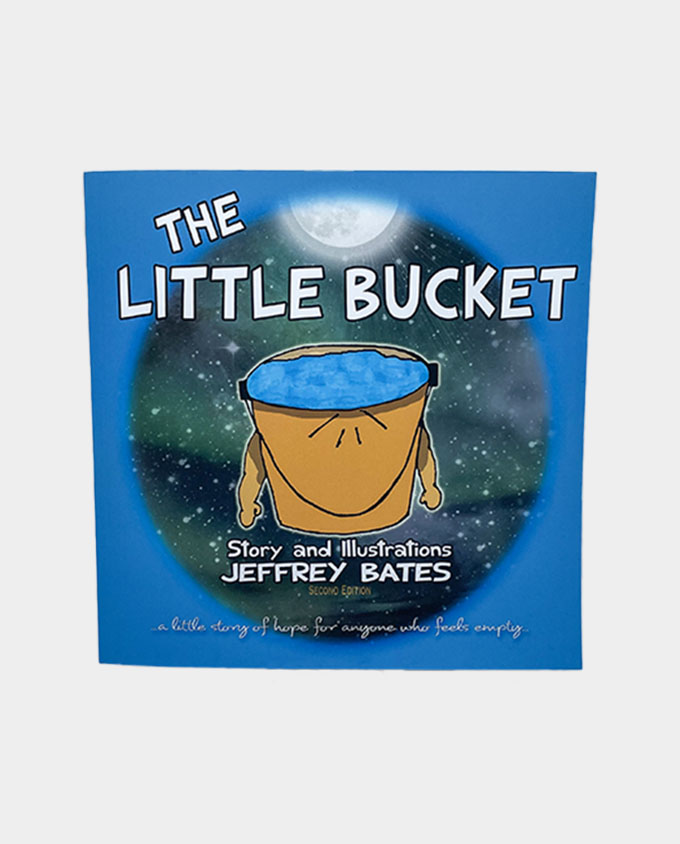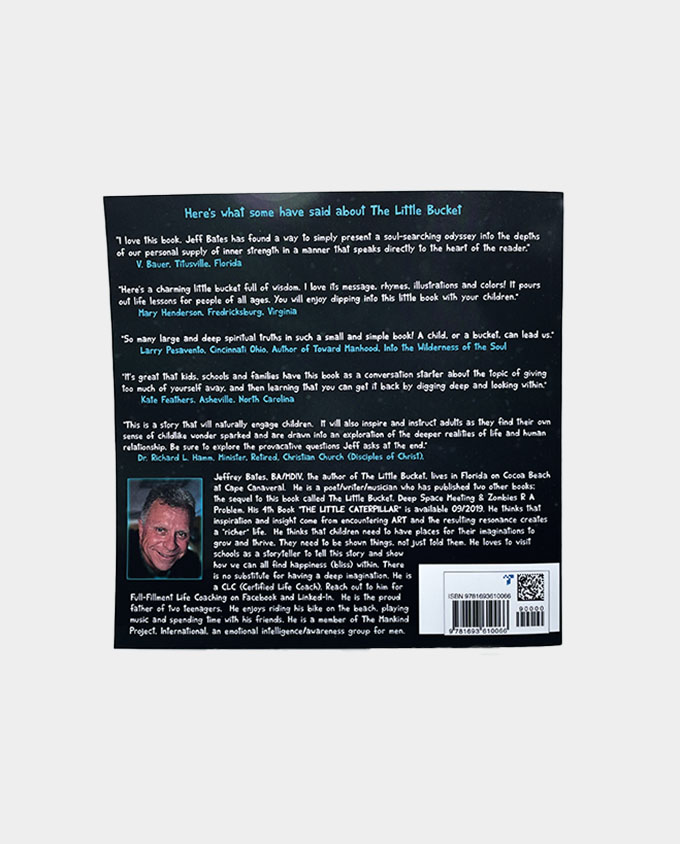As a beginning place for self-awareness, children learn to have healthy boundaries, identify their feelings (mad, sad, glad, afraid) and learn to safely express all of their feelings appropriately, and even be a good listener in the process. We also learn in the Full-Fillment series that there is a pernicious “hole” in our bucket that seeks to get other children and other people to fill us up. It whines and complains about what others are or aren’t doing. When the hole gets a hold on us we look into other buckets and talk about their short comings and problems, instead of looking into our own bucket. When the “hole” operates we tend to look to the outside of ourselves for affirmation instead of learning to affirm ourselves on the inside. When we can make the distinction between what is happening on the inside of us with what is happening on the outside of us (over which we have no control) we can find our happiness. Teaching children to do this, at a young age, will help them practice it as they grow up. With practice, we can learn to identify our own “hole” and have a sudden realization that we also have the “universe” (our creativity, imagination and curiosity) at our disposal. Many adults function out of their “hole” because they have forgotten their “universe” and as a result they live from the outside in, not the inside out. As children practice living from the inside out, together with other children, they feel happier and gain self-confidence and self-control, They will feel affirmed and supported to continue this wonder-FULL discovery together. The Little Bucket suggests that we cannot really fill each other up, no matter how many nice things are put into our bucket by others. We can learn to discover our own unique fulfillment on the inside of our bucket with practice.
Category: Books










